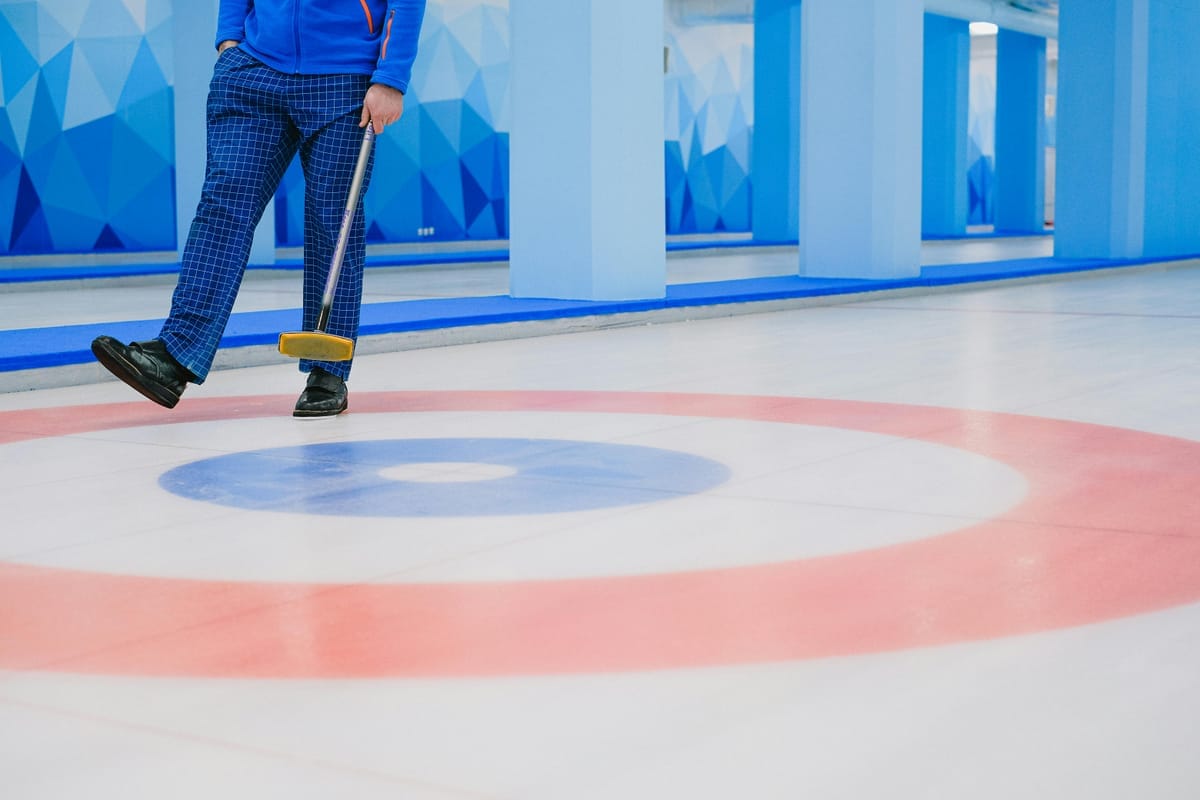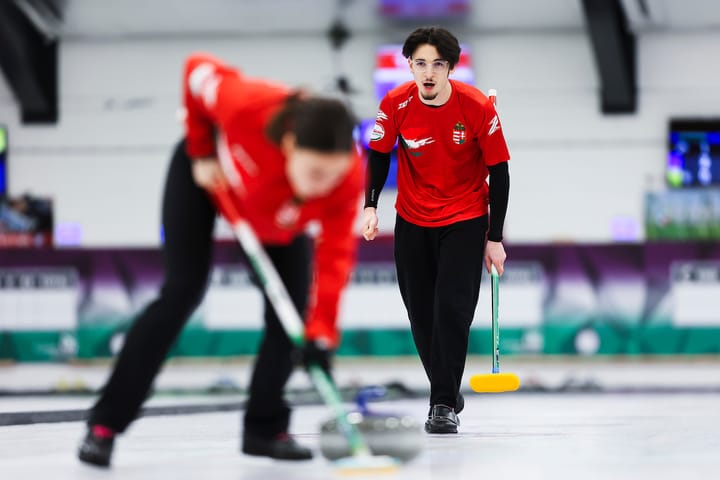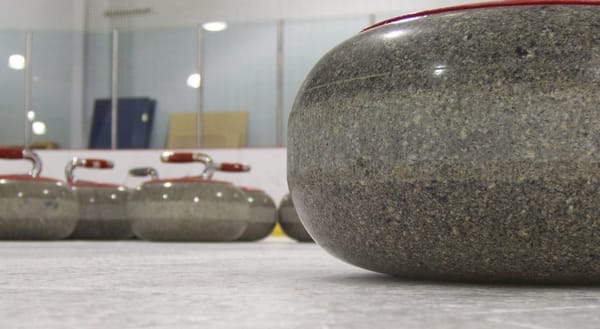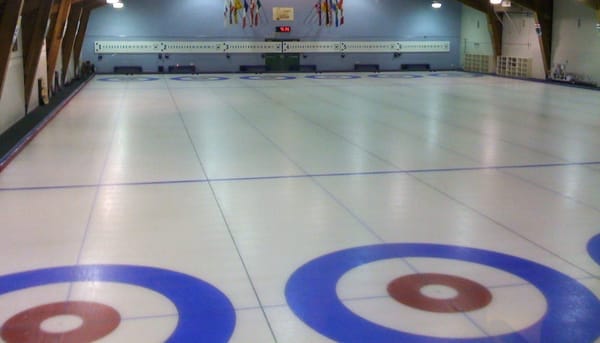When to Blank an End in Curling: A Strategic Approach

Blanking an end—intentionally choosing not to score—is a strategic decision that can greatly influence the outcome of a curling match. Primarily made by the team with the hammer, this tactic can be employed under various circumstances to enhance a team's chances of success. Here’s a closer look at when and why teams might opt to blank an end.
Reasons to Blank an End
1. To Retain the Hammer
The most common motivation for blanking an end is to keep the hammer, or last-rock advantage, for the next round. This is particularly crucial in tight matches where the hammer team seeks another opportunity to score multiple points. Retaining the hammer can provide a strategic edge in subsequent ends.
2. Early in the Game (First End)
Blanking the first end is a typical strategy, especially at higher levels of play. Teams may choose to do this for several reasons:
- Assessing the Ice: The first end serves as an opportunity to gauge the ice conditions and adjust strategies accordingly.
- Avoiding Early Risk: Teams may prefer a conservative approach in the initial stages of the game, opting not to take risks that could compromise their position.
- Seeking Even-End Advantage: Some teams believe that holding the hammer in even ends can provide a strategic benefit, although this is a debated point.
3. Game Control at Elite Levels
In elite curling, teams might deliberately blank ends to shorten the game and force their opponents to adopt a more aggressive playstyle. This tactic can be especially effective if the non-hammer team struggles to generate scoring opportunities.
4. When a Steal is Unlikely
If the hammer team faces a challenging shot to score multiple points while also risking a steal, blanking becomes a safer option. This strategy minimizes potential damage and ensures that the team retains the hammer for the next end.
5. Late in the Game with a Substantial Lead
When a team has a comfortable lead in the later stages of the game, they may choose to blank ends to run down the clock and secure the win. This is particularly pertinent in the final end, where maintaining control can be critical.
Additional Considerations
Skill Disparity
The relative skill levels of the teams can influence the decision to blank. If one team is significantly stronger or weaker, the dynamics of stealing points may come into play, creating a perception that a team performs better without the hammer.
Casual Play Context
In more casual settings, the importance of the hammer may not be as emphasized. In such cases, teams might view scoring a single point as an acceptable outcome, making the choice to blank less critical.
Game Situation
Ultimately, the decision to blank should always consider the current score, the end being played, and the strengths and weaknesses of both teams.
Blanking vs. Taking One Point
While blanking is often the preferred approach with the hammer, there are scenarios where taking a single point can be justified:
- If a Safe Shot is Available: If the hammer team can easily score one point with minimal risk, it may be beneficial to take the point and proceed.
- To Disrupt Momentum: If the opposing team has been consistently stealing points, scoring a single point can shift momentum and force them to alter their strategy.
- In Casual Play: In less competitive leagues, where the value of the hammer is downplayed, scoring one point may be a more acceptable choice.
Conclusion
The decision to blank an end is a nuanced judgment call that requires careful consideration of various factors, including game context and team strengths. By weighing the potential risks and rewards, teams can effectively utilize this strategic option to enhance their chances of victory. Understanding when to blank—and when to take that crucial single point—can be pivotal in navigating the complexities of a curling match.



